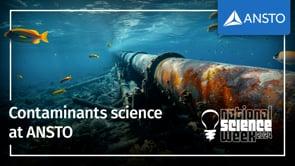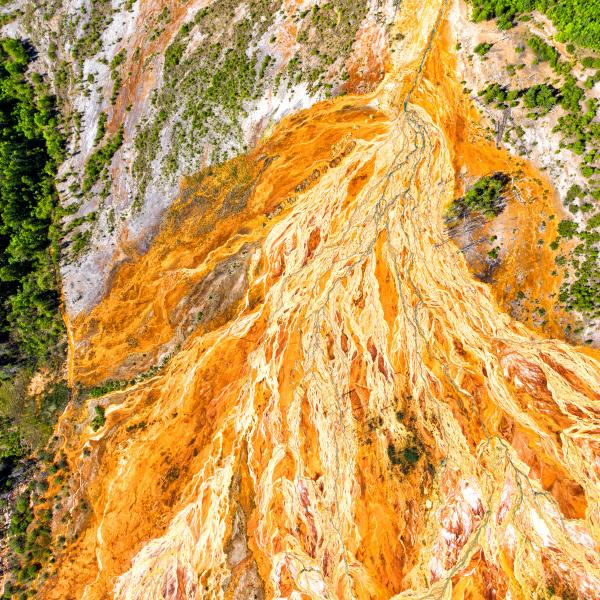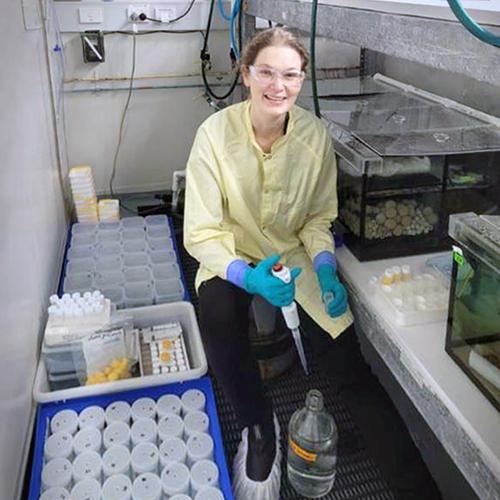
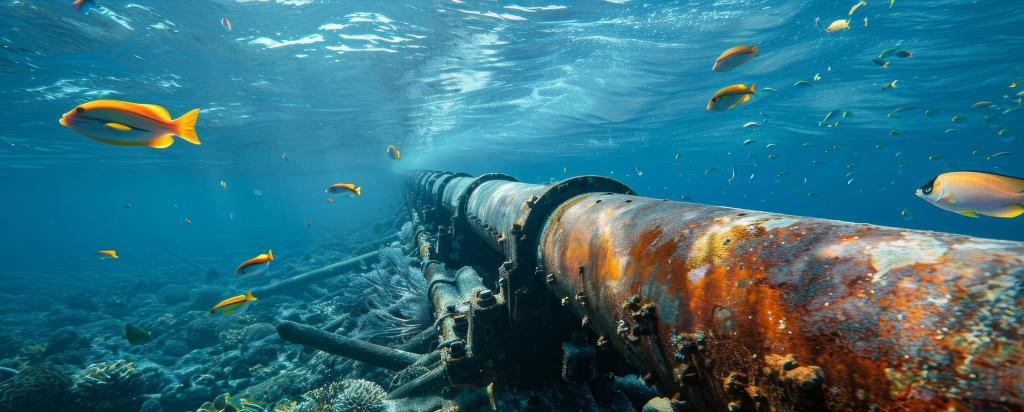
Published on the 14th August 2024 by ANSTO Staff
The education theme of National Science Week is Species Survival, and how science can help ensure that different species survive and thrive in an ever-changing world.
ANSTO’s environment research and technology group focuses on those things that impact the environment, whether that is climate, the availability of water resources or the impact of contaminants.
All of these contributing factors have an effect on species survival. If an animal is endangered, it may be even more critical.
At ANSTO we use highly sensitive nuclear and isotopic techniques to characterise the behaviour of contaminants in the environment.
How do they move through the water, ground and air to affect living organisms, ecosystems and humans? Are they natural or artificial concentrations, are they toxic or radioactive?
These are complex questions, but science is a powerful tool.
The answers can be used to improve management strategies for mitigating pollution, the degradation of the atmosphere, changes to sub-surface environments and the biosphere.
They have the potential to improve public health and make human activities more sustainable on a local, regional and global scale.
Research at ANSTO is partly guided by the emergence of contaminant issues in Australia and internationally.
There are numerous examples of research in this area.
Mercury
Mercury is considered by the World Health Organisation as one of the top ten chemicals or groups of chemicals of major public health concern.
ANSTO is a partner in the United Nations Environment Programme (UNEP) Global Mercury Partnership, who are providing state-of-the-art knowledge and science, and raising awareness towards global action on the contaminant mercury.
In this context, the environmental research and technology group is advancing investigations into the potential uptake of mercury by aquatic animals.

Contaminant geochemist Dr Elisabeth Tondl (pictured above), who has been seconded to the environment group from the health research and technology group, is overseeing research into the uptake of different forms of mercury in marine biota, water and sediments.
“There are three types of mercury we’re investigating: methyl mercury, mercury sulfide and inorganic mercury (as mercury chloride).
“We want to know how each type of mercury behaves in an animal in different conditions. Our primary question is, ‘is the mercury bioavailable and does it accumulate?’
“If mercury is eaten by an animal, does it stay within the animal and move up the food web?
“The path might be from algae to snail, and then a shrimp eats a snail and then a fish eats the shrimp.
“In preliminary test using mercury sulfide, the primary form of mercury found in decommissioned offshore gas and oil pipelines, it appears that the fish excrete it, which means bioaccumulation is low.
“But if mercury sulfide undergoes some chemical change to methyl mercury in certain conditions, that might make it bioavailable and bioaccumulated
“If bioaccumulation does occur, in some cases, you can get a tenfold biomagnification.
ANSTO is leveraging its capacity to produce bespoke radioisotopes in the OPAL multipurpose reactor.
Mercury-203 is being produced for this research, which can act as a radiotracer for mercury, even at very low concentrations.
“Using autoradiography, we can map where the mercury ends up within an animal, whether it is in the muscle, brain, digestive tract, providing insights into the potential modes of toxicity to the animal, ” explained Elisabeth.
“We are also interested in naturally occurring radioactive materials (NORMS), which are sometimes concentrated within subsea oil and gas infrastructure, and their potential impact on aquatic animals if the abandoned pipelines were to be left in place and eventually break down over the long term.”
Mercury in Antarctica
Two ANSTO environmental scientists are participating in an Australian Research Council Discovery Project grant to investigate how environmental change and human activities since industrialisation have impacted the transport and deposition of toxic metals, such as mercury, on the south coast of Australia, Tasmania, and remote Southern Ocean islands.
Species in Antarctica are highly vulnerable to environmental changes or pollutants.
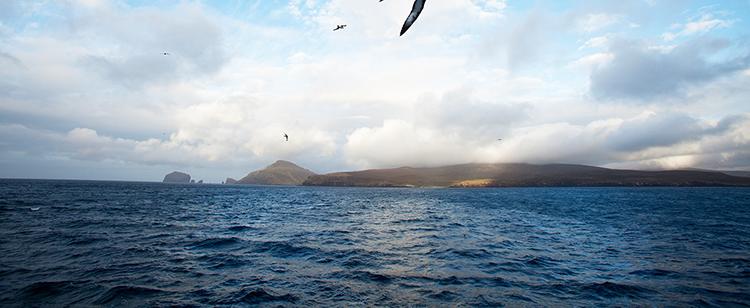
The research, led by the Australian National University (ANU), is filling gaps in understanding the transport and deposition of the toxic metal mercury.
ANSTO is applying expertise in reconstructing past climates and ecosystems from sedimentary lake records in the Southern Ocean Islands and Antarctica. ANSTO is also sharing expertise in the development of models of atmospheric mixing and transport in the lower atmosphere using radon data.
With an atmospheric lifetime of one year or more, mercury can travel long distances from industrial sources and contaminate remote areas of Australia, the Southern Ocean and Antarctica.
Dr Krystyna Saunders is using x-ray fluorescence core scanning to analyse lake sediments and investigate environmental proxies that provide an ideal archive of long-range atmospheric pollution.
Dr Alan Griffiths is contributing to the development of an atmospheric transport model to establish the most likely source regions of toxic metals found in pristine Southern environments.
A tool to protect endangered species
ANSTO contributed to the development of approach using nuclear and isotopic techniques that could be used to combat illegal wildlife trade.
In a pioneering study in 2018, scientists from UNSW and ANSTO used high-resolution x-ray fluorescence (XRF) to distinguish between captive and wild short-beaked echidnas.
A scan of echidna quills for 24 different elements found differences between captive and wild echnidna..
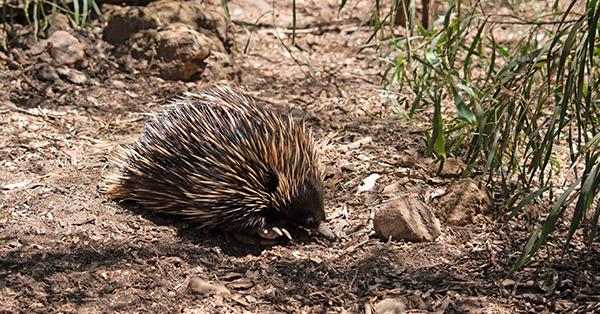
Results were confirmed by using stable isotopes of carbon (δ13C) and nitrogen (δ15N), which also differentiated between captive and wild echidnas with 91.3% accuracy.
The significant difference in elemental signatures of captive echidna quills was thought to be due to the diverse origins of their diet. In contrast, wild echidnas had less variation because their diet and home range were more localised.
Importantly, the research team discovered that elemental signatures are stable enough to distinguish wild-caught echidnas even if they've been in captivity for up to 6 months— providing a long-term record of an animal's location and diet.
The IAEA has promoted the use of nuclear and isotopic techniques to combat illegal wildlife trade.
First author Dr Kate Brandis of UNSW collaborated with Dr Debashish Mazumder and Ms Patricia Gadd at ANSTO, researchers at Taronga Wildlife Hospital and the University of Technology Sydney on the study in Scientific Reports
